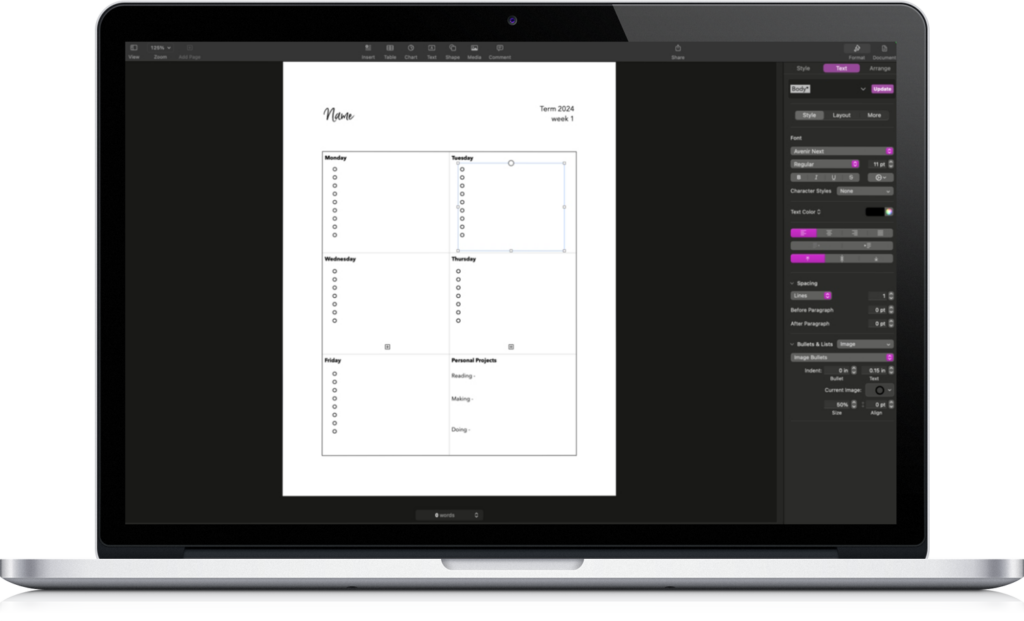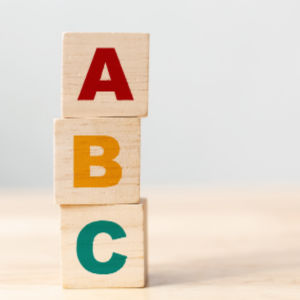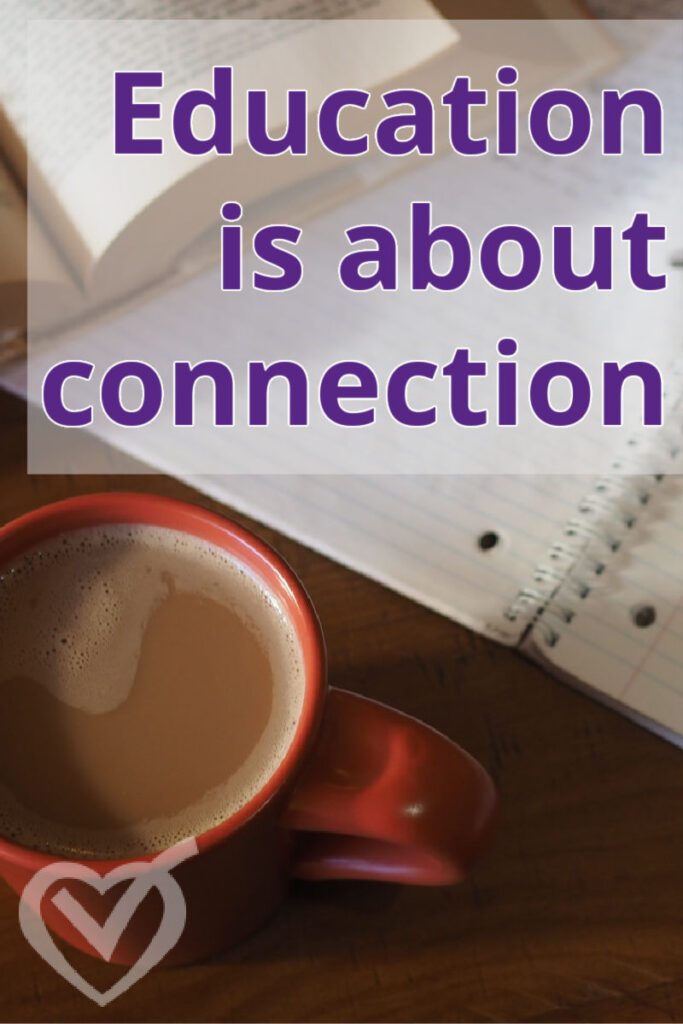When live wires connect, electricity flows. When roots connect to moist soil, nutrients are sent up so the plant can grow. When magnets connect, they can hold up an astonishing amount of weight.
What happens when ideas connect in the mind? Learning.
Making connections is learning
Education is about understanding relations, the connectedness of things. Seeing the connection of knowledge, of God to His world, of history to us, of numbers to physics or chemistry – and being able to do something with that perception – is what we’re about, not passing tests or preparing for possible future jobs.
As Charlotte Mason wrote: “Every child is heir to an enormous patrimony. The question is, what are the formalities necessary to put him in possession of that which is his? We do not talk about…educating him with a view to his social standing or his future calling. We take the child as we find him, a person with many healthy affinities and embryonic attachments, and we try to give him a chance to make the largest possible number of these attachments valid.”
The connection we begin with and prioritize is relational. Without personal care and security, further connections are hindered. But the care we give them should give our children a starting point from which they branch out into caring about many orders of things beyond themselves.
Charlotte Mason also said: “The question is not, – how much does the youth know? when he has finished his education – but how much does he care? and about how many orders of things does he care? In fact, how large is the room in which he finds his feet set? and, therefore, how full is the life he has before him?”
It’s not so much knowing 2+2 or 2×2 or 2-squared, as it is knowing about and caring about truth. We should help our children connect with their desire to know, their care about something other than and so much larger than themselves. We give them something bigger and grander to care about, orders of magnitudes of things to care about, to expand their world and their mind, the room in which they find themselves.
That comes by caring – our caring of them includes giving them the inheritance of the human race – the rooms of knowledge of history, science, numbers, and literature. Caring about God and others brings about interest in God’s world and people throughout time and culture.
It’s all about connection.
Wisdom requires connecting the dots
Wisdom is being able to connect related fields, seemingly random bits of information, with other fields and knowledge as well as with life applications. Without the building blocks of knowledge, a house of wisdom cannot be built – and above all, Proverbs tells us, get wisdom. It is care and connection that turn random facts into understanding and the scattered mess of blocks into a tower.
We can form connections with our children over the books, the equations, and the compositions, or we can sever those connections over the same. Having a connection is not inevitable. We build our house or tear it down with our own hands. And if we find we’ve been tearing it down over the work to be done, we do need to pause and repair. But the goal in repairing is always for the purpose of returning to the flow again, of building the house up, not keeping things status quo.
Community connection
What happens when people connect? Community.
We need community. We were not created to live alone, isolated. Our families are to be little communities, groups of connected people where love and kindness flows and abounds. Our churches are to be our extended family, our extended body, without whom we don’t function fully.
Our friends, whether they attend our church or another, whether they live on our street or across the globe, connect us to a bigger whole and build us up, energizing us beyond what our we can muster up with our own resources.
Do not underestimate the value of finding connection outside your family. It is healthy. It is vitalizing. It can be draining and it can be messy and time-consuming, but people are worth it.
Our people are worth it. Our little community right inside our four walls is our first and primary connection, although the sparks grow larger and stronger when connected to others as well. If there’s a disconnect at home, the learning and growth can stall out rather than build everyone up.
When days break bad – and they will – the priority for getting things straightened out is not the kitchen or the closets or the coffee supply. It’s the people and our connections together. Get out and do something together. Have separate quiet times to recharge, then come back together to read aloud or take a walk or play a game.
And when we can’t make or aren’t making those connections together, maybe it’s time for reinforcements. The broader community of faith and learning can help us, not by replacing us, but by increasing the number of bonds available.
We can put an appointment on the calendar with friends for a nature walk, and the accountability makes it happen. We can join a co-op or simply gather with another family for certain lessons – so the connections broaden and actually happen.
When connections break
The connections will be threatened. Sometimes the child will pull out a pocket knife and try to hold off a connection with a particular branch of knowledge we’re offering. Sometimes the connection is threatened because we never offer that branch in the first place, though it is our responsibility to do so. Sometimes the connection that is threatened is the very trunk: our parent-child relationship.
Sin is the largest threat to our parent-child relationship. Love covers a multitude of sins, and it is our responsibility to extend that sort of love to our children when they sin (and they will) – love doesn’t excuse or coddle sin, but it doesn’t hold the sin against the sinner after forgiveness is extended. Love keeps no record of wrongs. And love doesn’t allow the loved one to live in sin or own sin as a part of their identity, either – anger, sloth, grumbling, and power-grabbing included.
But those are specks in our children’s eyes, and we must first take care of our own planks.
What of our own anger, sloth, grumbling, or power-grabbing? With our own lives and choices are we declaring these acceptable vices? Who will hold us accountable to repenting of our own sin? The Holy Spirit Himself is always doing so.
When we turn over our pet sins to Him, he offers in exchange love, joy, peace, patience, kindness, goodness, gentleness, and self-control. If we want those things, we must ask for them and receive them from the Holy Spirit. We won’t find them in our own hearts by default, ever. Walking in the Spirit is laying down our own inclinations and following Him instead. Sometimes at first the fruit He offers looks bitter, but the effect is always sweet.
Connected to the vine
Jesus said, “He who abides in me bears much fruit.” We connect ourselves to Jesus and our children taste the fruit. We show them how it’s done and they connect not only to us, but to Jesus through the Holy Spirit themselves. They don’t need us to be their Holy Spirit; that is attempting to be God. Rather, we live by the Holy Spirit and say with Paul, “Be imitators of me, as I am of Christ.”
Connection brings true freedom. Imagine we are each individual atoms, occasionally bouncing into each other but with the potential to bond and form a stronger, more interesting molecule. When our kids demand freedom, and even when we do, we too often think of freedom as doing our own independent thing without responsibilities or cares.
That is the freedom of a free radical. It’s unattached, unhindered, doing its own thing off by itself. But the life of a free radical is destructive, unstable, and reactive. Free radicals are born when bonds are weak.
We can be the antioxidant in our homes, binding free radicals not with chains and imprisonment, but by binding them to ourselves and creating new, stable, coherent molecules with them. We offer our electrons, we take theirs, we share a common orbit and stabilize not only the free radical, but even ourselves. When a child loses it, becomes a free radical, the danger of a chain reaction is real.
It is easy to lose our equilibrium in turn, and suddenly the chemical reaction occurring is volatile. Or, we can breathe deep and know that if we stay calm and hold on, not letting go of either the standard or the love of our child, the situation will equalize, we will be the antioxidant, hugging that free radical close so that he causes no damage but rather bonds right onto us.
When we become a source of stability for our children, they can be free. Our stability is tested by their tantrums and arguments, but if we pass the test, they have security. We must not give in, either to their immature demands or to our own temptation to join the fray.
We are wrong when we think that being free means being able to do whatever we want. Our children are wrong when they behave as if self-determination is freedom.
True freedom is having the ability to act in accordance to our design. What did God make us for? He designed us to have fellowship with Him, to cultivate and tend the world, and to love and serve one another.
The more we choose selfish freedom, the farther away we spin from that good and perfect design, the less we are able to cling to it. Grabbing a hold of it, choosing to obey and reject our selfish desires, we find ourselves bonded and in the flow more and more.
This connection starts with us. It is grounded in and built on our union with Christ, our font of love, then flows to our relational connection with each child, but that bond enables stable connections – the continued flow of care, of love – with truth, goodness, and beauty – both for them and for us.

Get 5 of my favorite homeschool checklist templates!
Jumpstart your homeschool checklist practice by starting with one of my proven formats. Open, edit, and make them your own! Plus, get tips and followup, too –


